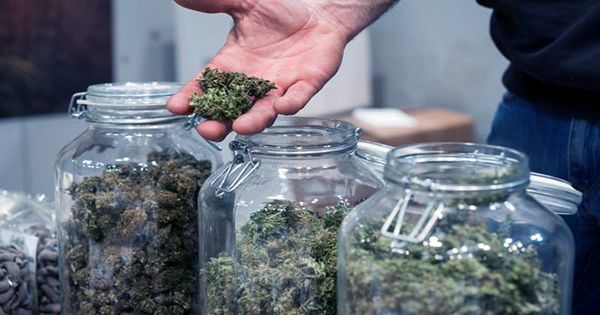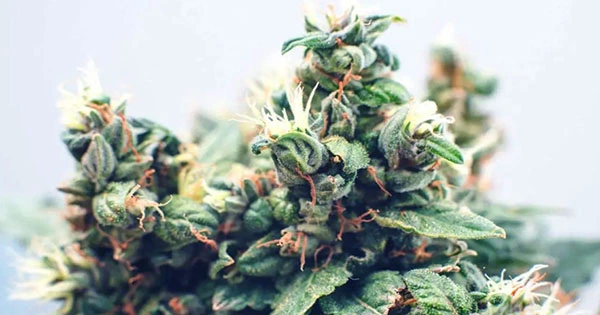With the legalization of cannabis in many regions of the United States, researchers now have the chance to investigate the drug’s effects on a wide scale. That’s how we know that when marijuana is legalized, ice cream and cookie sales increase. Researchers from Temple University and the University of Arkansas used automotive insurance data to assess the potential consequences of cannabis legalization on road safety in a new study. The researchers were worried that the majority of the research on cannabis and road safety was based on fatal collision studies.
The researchers concluded in its article, which was published in the journal Health Economics that “using fatality data is a severe flaw.” “Only 37,461 of the 7,277,000 motor accidents recorded to the police in 2016 resulted in a fatality.” “Over 99.5 percent of car crashes are missed by existing literature.” They believed that by looking at insurance premiums from 2014 to 2019, they would be able to gain a more overall picture of road accidents and how they were influenced by marijuana legalization.

“67 percent of all medical and property damage from automotive accidents is covered by auto insurers,” they stated. “By using this lens, we can create a more complete image.” “We find that medicinal marijuana legalization lowers motor insurance rates by an average of $22 per policy per year,” the researchers said in their report. “The effect is larger in locations immediately exposed to a dispensary, suggesting that increasing availability to cannabis is the driving force behind the outcomes.”
Furthermore, the researchers discovered that places with high drunk driving rates before to medicinal cannabis legislation had significant drops in premiums after legalization. They predict that policyholders in places where marijuana was allowed saved $500 million in premiums. “The yearly savings owing to lower medical expenditures is around $220 million,” they write, using a ratio of attributable expenses to premiums.
The findings may appear counterintuitive; after all, why would increase drug access lead to safer roads and fewer accidents? However, the team has a few suggestions about probable contributing causes, including the fact that fewer people are driving while inebriated. They warn against concluding that the effect is only due to consumers substituting marijuana for alcohol.
It might be a difference between where people go to get high and where they go to get drunk. The authors found in its article that “bar-equivalents do not normally exist for cannabis, and present medical cannabis legislation mandate that usage happens in a private residence.” “As a result, it’s conceivable that cannabis and alcohol will be used together at home.”
















